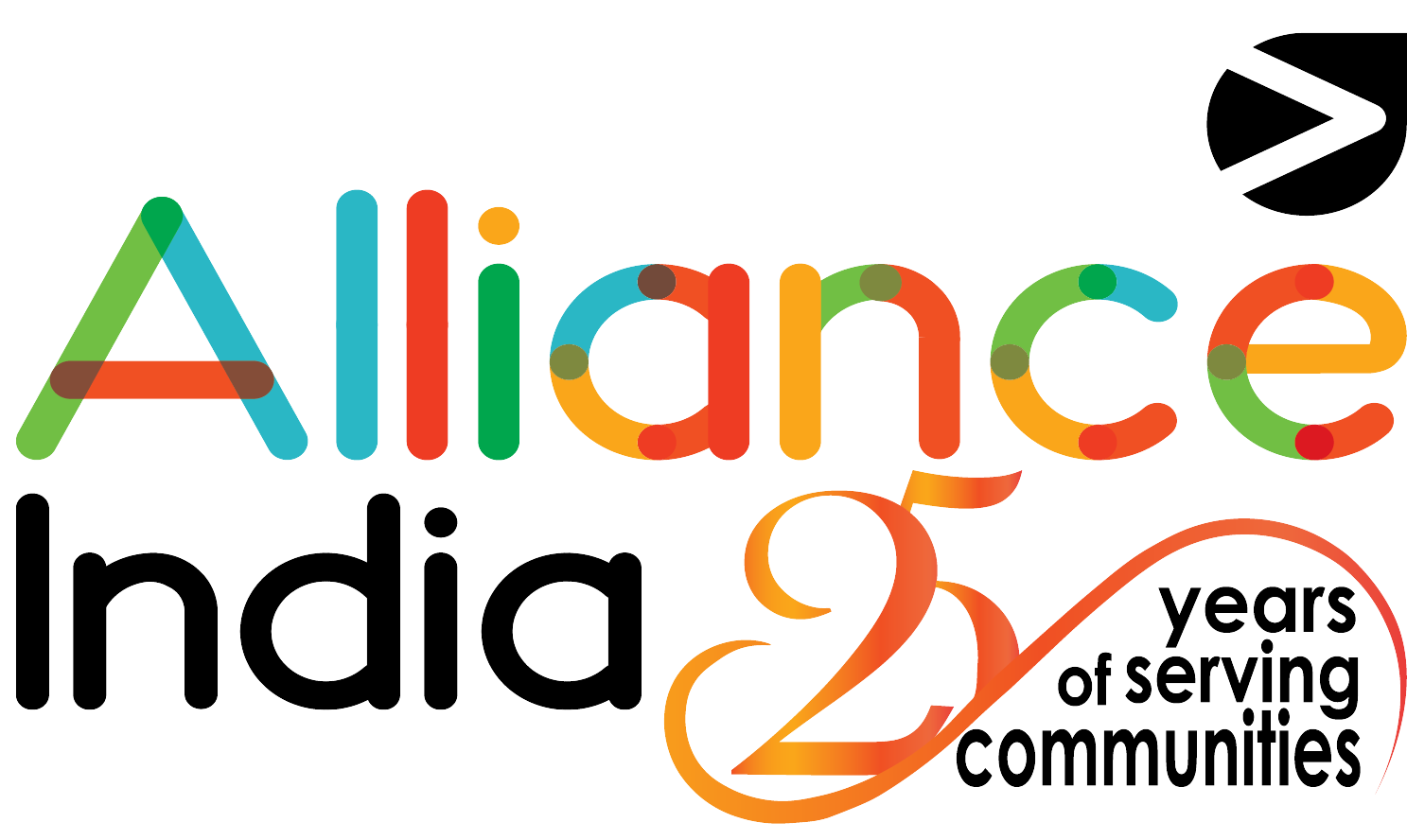To be or to BE criminalised?
The tug of war between legality and illegality that tears them apart
Hamlet’s dilemma was whether he should continue to keep living his tormented life in silence, or give his “being” to death but that alone can’t promise salvation and might even lead to damnation.
How is this context relevant to the transgender and hijra communities in India? While the NALSA judgement clearly gave them the right to be recognised as people with legal identities (as ‘third gender’) and Right to Privacy Act – 2017 includes the protection of privacy of citizens of India, Section 377 Indian Penal Code (IPC) keeps them under the criminal ambit for their sexual behaviour.
It is particularly hard for visibly differently-gendered persons to hide their gender identity and expressions or sexual orientation. The Supreme Court instructed the Government of India, under NALSA judgement, to provide immediate support for transgender person for gender affirmations, safety against gender-based violence, equity, employment, skill building and other needs. However, despite of the necessary support provided by the transgender community leaders, the Government of India has not managed to come up with the supportive ‘Transgender Bill’ that protects their rights and dignity. Though the visibility of transgender persons has increased since the last four years, they are vulnerable due to gender-based violence, denial of human rights and access to services including health. In fact, lack of opportunities and ostracisation from the mainstream society, makes it much harder for them to access basic services just to live as well!
Looking at the legal viewpoints, let’s see how the transgender community has been caught in the tug of war between provision of incomplete rights and plain discrimination due to Section 377 and its implications on policymaking.
The NALSA judgement allowed the legal creation of third gender which was expansive of all transgender identities in India.
The controversial Transgender Persons (Protection of Rights) Bill 2016, undermines NALSA judgement and included submission to medical examination just to recognise one’s self-identity, is contradictory to the NALSA judgement.
Then of course, the Right to Privacy Act, which Supreme Court also applied to the “protection of sexual orientation of citizens” as they expanded the definition of Right to Privacy. This brought a sense of relief to all sexual minorities.
The revised Transgender Persons Bill with 27 amendments is set to be introduced in the Parliament next week based on the Standing Committee’s recommendations. It will actually “define” discriminations and the mechanisms to prevent it against transgender and its sub-sections.
But the bone of contention remains: Section 377. The bills, the rights and the laws all become a dichotomous tragedy soup which swallows the transgender and hijra community wholly. It gives them rights, but partly. It gives them a legality, but partly. It gives them life, but partly.
Living with partial rights as transgender identified individuals and simultaneously, have laws against them through Section 377.That’s the question, the modern Shakespeare would have written seeing the dilemma the community faces – to be or not to be.
No more compromise on our human rights. Delhi High Court had already in 2009 showed common sense and humanity. To Supreme Court we appeal no more question on our identity. No more question on our existence. No more, and NO GOING BACK.
#Scrap377 #TransRightsAreHumanRights
Other Recent Articles
- Youth Voices: Life with HIV in Contemporary India 26 September, 2023
- Empowering Transgender Community to create an Equal World 20 July, 2023
- Combating Stigma and Discrimination Among People Living with HIV 7 July, 2023
- Understanding the Significance of HIV Testing: Impact on Individuals, Relationships, and Society 22 June, 2023
- Empowering Lives during Unrest l Our Commitment to Manipur 5 June, 2023
- Empowering the Transgender Community: Alliance India Initiates Transgender ID Card Registration Drive 17 May, 2023
- The Struggle of Embracing Identity- International Day Against Homophobia, Transphobia and Biphobia 17 May, 2023
- Innovaccer Provides Support to Ensure Quality Health Services to Children Living with HIV 5 May, 2023
- The Essential Role of Social Protection Schemes for People Living with HIV 13 April, 2023
- Marriage is only between a biological male and biological female,” Centre tells Supreme Court 14 March, 2023
- Made by Nicdark - Copyright 2020
- donations@ong.com
- volunteers@ong.com
- contact@ong.com
India HIV/AIDS Alliance (Alliance India)
A not-for-profit Section 8 Company with Registration No: U85310DL1999NPL098570
Contact
-
6, Community Centre
Zamrudpur Kailash Colony Extension
New Delhi – 110048 - +91-11-4536-7700
Download
Quick links
©2021 All Rights Reserved by Alliance India



Leave a Reply